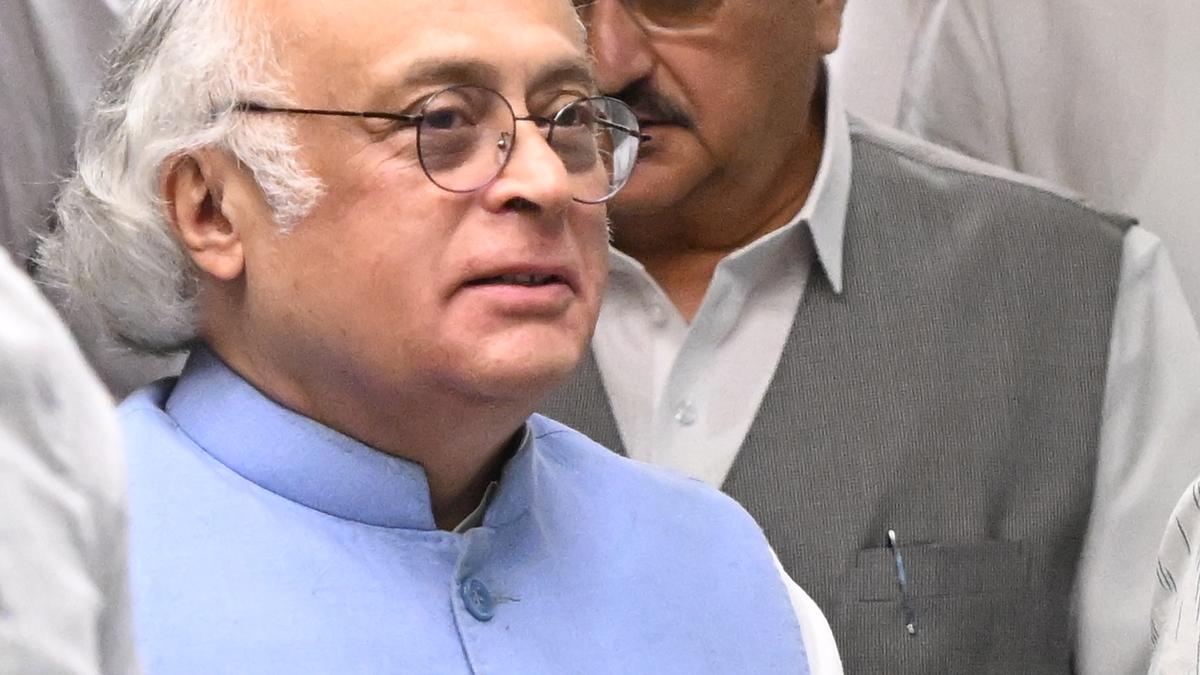ARTICLE AD BOX
Last Updated:August 29, 2025, 19:00 IST
The missile will use an inertial navigation system (INS), GPS updates, and an imaging infrared (IIR) seeker, ensuring precise targeting even under heavy electronic jamming

According to defence experts, Rudram 4's hypersonic speed renders traditional radar and missile defence systems ineffective in tracking or intercepting it. (Representative/PTI)
India is ramping up its defence capabilities following Operation Sindoor, with a focus on missiles, drones, fighter jets, and air defence systems. The Defence Research and Development Organisation (DRDO) is leading the push, developing advanced missiles designed to evade standard radar and defence systems.
Notably, DRDO is working on a hypersonic missile under the Rudram Project, named Rudram-4, which boasts speeds exceeding Mach-5, equivalent to 6,000 kilometres per hour, and a range of 1,000 to 1,500 kilometres. This range encompasses most of Pakistan.
The Rudram-4, an air-to-surface hypersonic missile, is regarded as one of DRDO’s significant achievements, significantly enhancing the strike capability of the Indian Air Force (IAF). According to defence experts, its hypersonic speed renders traditional radar and missile defence systems ineffective in tracking or intercepting it, allowing only a few seconds for enemy reaction, thus almost guaranteeing a successful hit.
Pinpoint Accuracy
The Rudram-4 is designed not only for Suppression of Enemy Air Defence (SEAD) but also for Destruction of Enemy Air Defence (DEAD), capable of obliterating enemy radars, bunkers, and communication bases beyond the reach of standard cruise or ballistic missiles.
Preliminary reports indicate the Rudram-4’s strike range spans from 300 to 1,500 kilometres, powered by a dual-speed hybrid propulsion system featuring solid rocket boosters initially, followed by scramjet or ramjet engines for sustained hypersonic speeds over long distances.
Equipped On Multiple Fighter Jets
Its lightweight structure facilitates deployment on various fighter jets, including the Sukhoi-30 MKI, with potential integration on Mirage-2000 and Rafale aircraft under study. This lightweight characteristic allows aircraft to carry multiple missiles, enhancing their strike capability.
The missile is expected to feature an inertial navigation system (INS), GPS-based updates, and an imaging infrared (IIR) seeker in its final stage, ensuring accuracy even amidst dense electronic jamming.
Next Phase Of Rudram Series
The Rudram-4 is set to be the successor to Rudra-III, expanding beyond anti-radiation weapons to offer comprehensive hypersonic strike capabilities. It will complement India’s BrahMos supersonic missile and future BrahMos-II hypersonic project, forming a robust multilayer strike force.
Experts highlight the necessity for India to develop hypersonic weapons in response to China’s advanced air defence systems like the S-400. Think-tanks such as the Carnegie Endowment note that India views these systems as a dependable deterrent and strategic counterbalance.
Readying For The Future
This development is linked to DRDO’s Hypersonic Technology Demonstrator Vehicle (HSTDV) project and scramjet engine research, with prototype tests anticipated in the coming years, although the operational induction date remains confidential.
Rudram-4 is not merely a missile but a force multiplier, poised to revolutionise the strategic capabilities of the Indian Air Force with its hypersonic speed, extensive range, multi-platform deployment, and precise guidance. It positions India among the select countries possessing hypersonic systems.
- Location :
- First Published:
August 29, 2025, 19:00 IST
News india Rudram-4 Hypersonic Missile: 6,000 KMPH, 1,500 KM Range, To Boost Su-30MKI Strike Power
Disclaimer: Comments reflect users’ views, not News18’s. Please keep discussions respectful and constructive. Abusive, defamatory, or illegal comments will be removed. News18 may disable any comment at its discretion. By posting, you agree to our Terms of Use and Privacy Policy.
Read More



.png)
.png)
.png)
















 2 hours ago
3
2 hours ago
3









 English (US) ·
English (US) ·